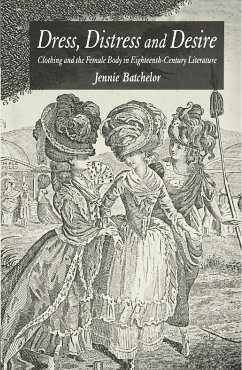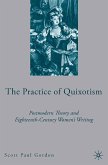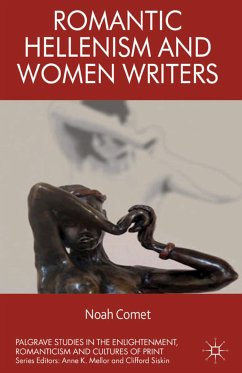Dress, Distress and Desire explores representations of sartorial experience in eighteenth-century literature. Batchelor's study brings together for the first time canonical and non-canonical texts including novels, conduct books and women's magazines to investigate the pressures that the growth of the fashion market placed on conceptions of female virtue and propriety. It shows how dress dispelled the sentimental myth that the body acted as a moral index and enabled the women reader to resist some of sentimental literature's more prescriptive advice.
Dieser Download kann aus rechtlichen Gründen nur mit Rechnungsadresse in A, B, BG, CY, CZ, D, DK, EW, E, FIN, F, GR, HR, H, IRL, I, LT, L, LR, M, NL, PL, P, R, S, SLO, SK ausgeliefert werden.









